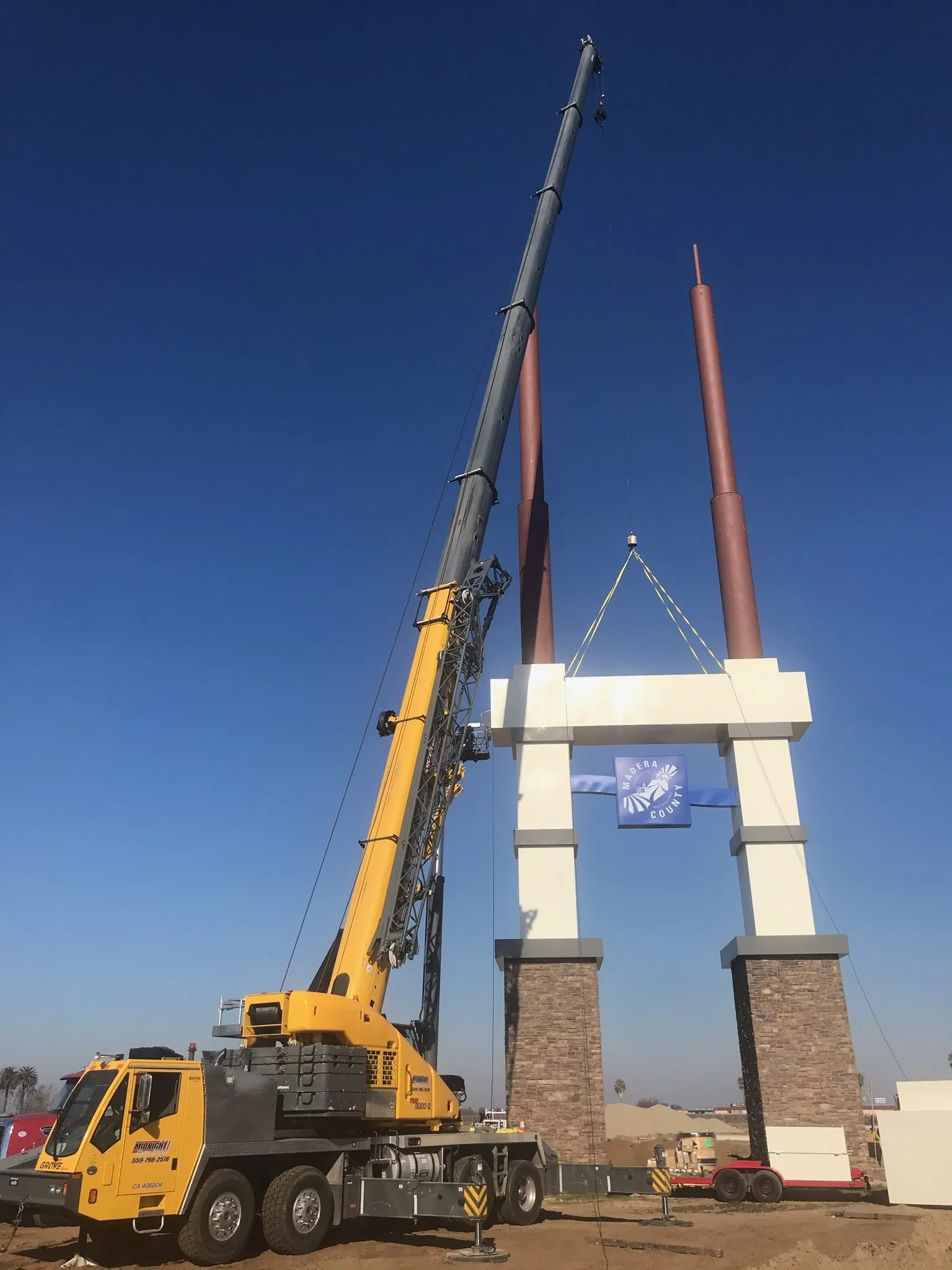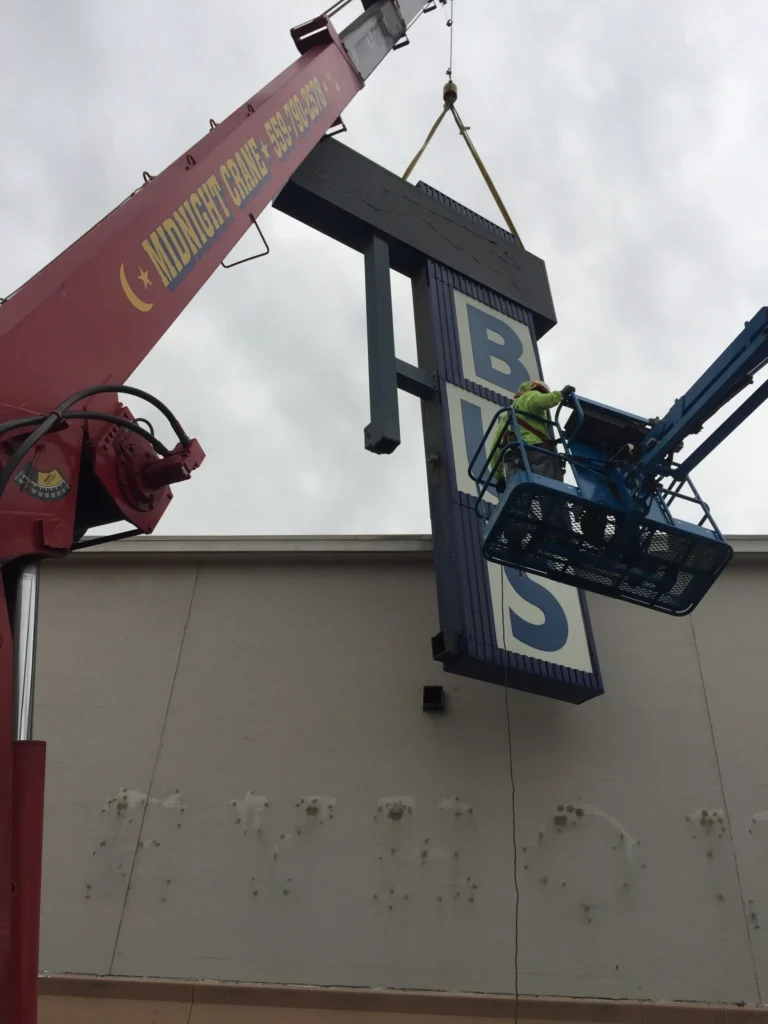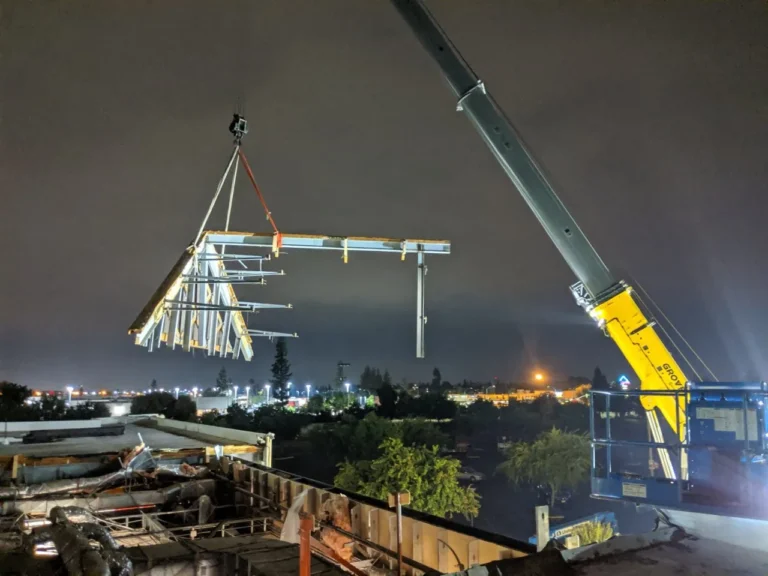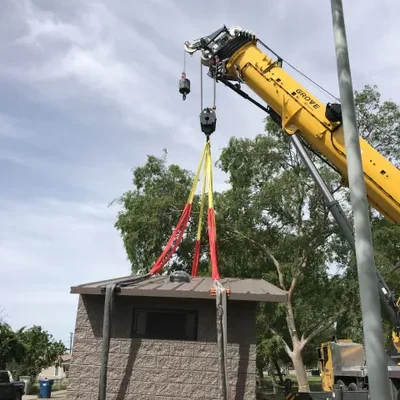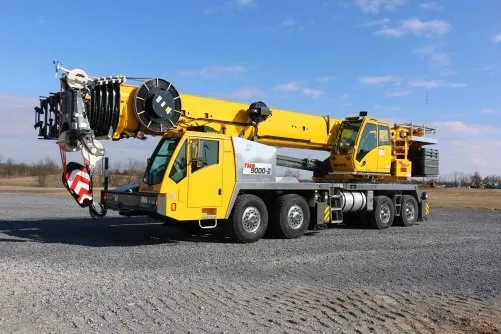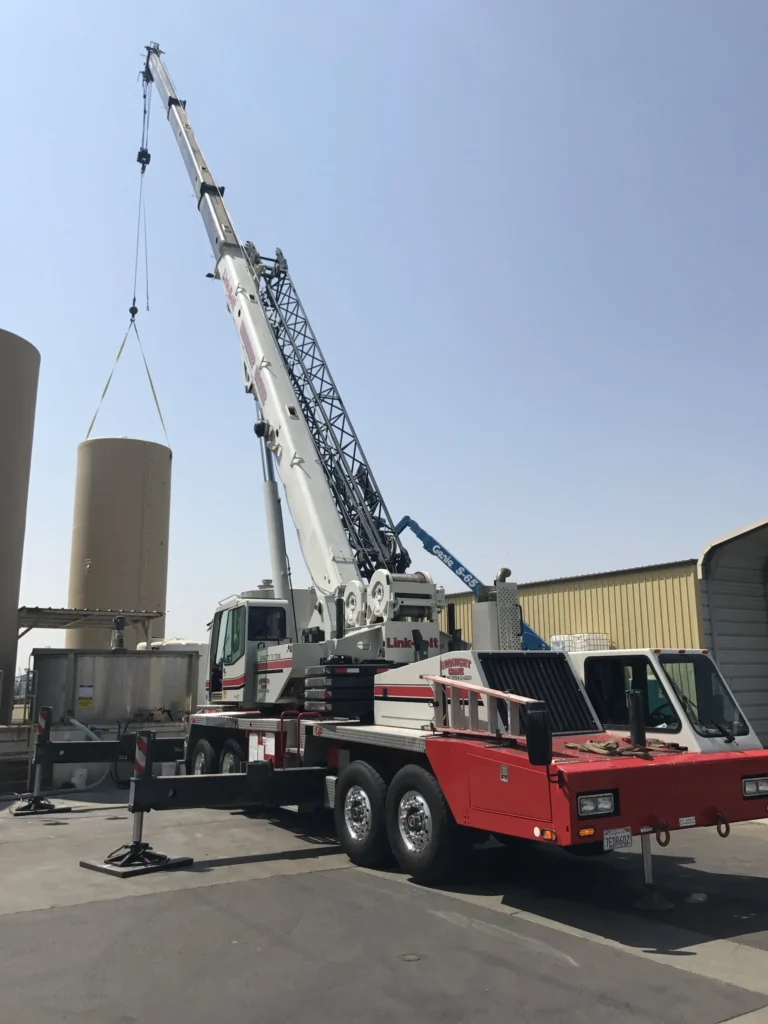3 Common Crane Rental Hazards
Renting a crane can elevate your construction project by enhancing efficiency and enabling the execution of complex tasks that would otherwise be impossible. However, the use of such powerful equipment comes with its own set of risks. Understanding these hazards is the first step towards mitigating them and ensuring the safety of your construction site. Here, we will explore three common crane rental hazards: Overloading, Power Line Contact, and Poor Ground Conditions.
1. Overloading
Overloading is one of the most frequent causes of crane accidents. This occurs when a crane is tasked with lifting a load heavier than its capacity. The consequences can be disastrous, leading to the collapse of the crane, which can cause injury or even fatality, property damage, and significant project delays.
How to Avoid Overloading:
- Always refer to the crane’s load chart before operation. These charts provide crucial details about the crane’s capabilities and limitations.
- Ensure crane operators and site managers are fully trained on interpreting load charts and understanding the specific crane model’s operational requirements.
- Use load measuring technologies that provide real-time information on the weight being lifted.
2. Power Line Contact
Cranes operating near power lines pose a significant electrocution risk. Contact with a power line can result in severe injuries and fatalities, not only to the crane operator but to nearby workers as well. Additionally, it can cause power outages, fires, and damage to the crane and surrounding property.
How to Avoid Power Line Contact:
- Plan crane movements carefully to avoid areas near power lines whenever possible.
- Adhere to OSHA regulations and guidelines, which recommend maintaining a safe working clearance between cranes and power lines.
- Employ the use of spotter persons who are specifically tasked with ensuring that cranes stay a safe distance away from electrical lines during operation.
- Conduct safety briefings for all site personnel about the risks of working near power lines and the importance of maintaining a safe distance.
3. Poor Ground Conditions
The stability of a crane greatly depends on the quality of the ground it operates on. Poor ground conditions, such as unstable, wet, or uneven terrain, can lead to crane instability, tipping, or even collapse. This not only endangers lives but can also result in costly damages and delays.
How to Avoid Poor Ground Conditions:
- Conduct thorough ground assessments before setting up a crane. This includes checking soil stability and the presence of underground utilities.
- Use crane mats and outriggers when necessary to distribute the crane’s weight more evenly and enhance stability.
- Monitor weather conditions closely, as rain or snow can significantly alter ground conditions. Adjust crane operations accordingly.
Midnight Crane is Here to Help
Navigating the complexities of safely operating a rented crane requires due diligence, expertise, and a commitment to safety above all else. If you have any concerns or need guidance on your next crane rental, Midnight Crane is here to help. Give us a call at 559-224-2002. Our team of experts is dedicated to ensuring your projects are completed efficiently and safely, mitigating these common hazards and more.

